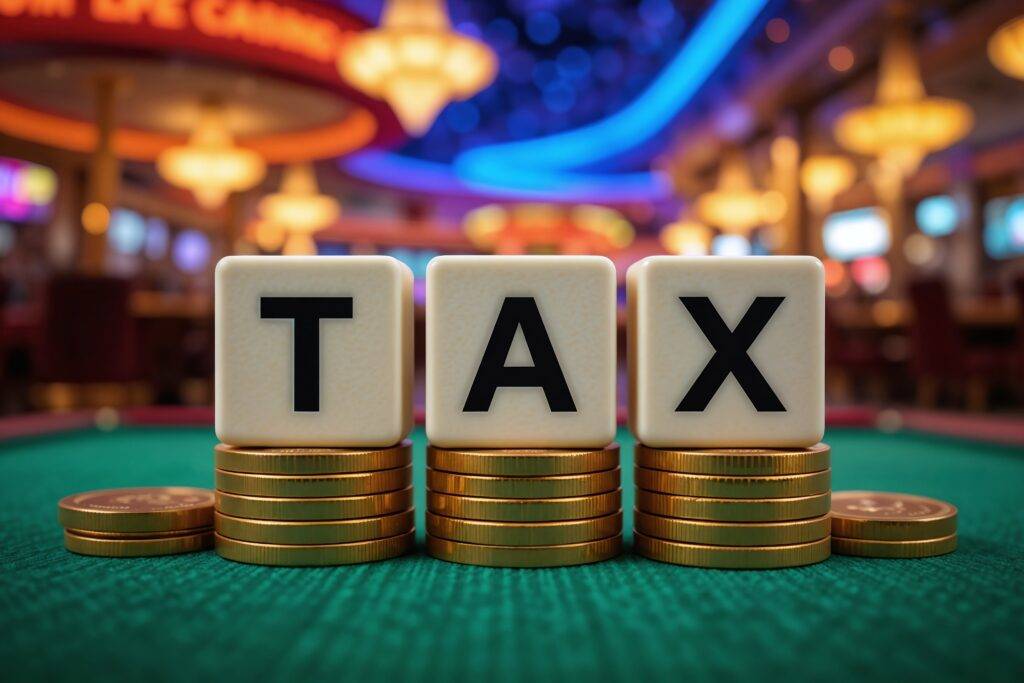
The IRS has issued new guidance for individuals who qualify for tip and overtime deductions
4 min read
SHOP THE WINTER SALE – Get deals across the digital catalog, conferences, credit packages, and more.

When President Trump signed the One Big Beautiful Bill Act (OBBBA) into law on July 4, 2025, most practitioners focused on the headline provisions—permanent TCJA extensions, enhanced bonus depreciation, and the new deductions for tips and overtime pay. But buried deep in the nearly 1,000-page bill was a provision that has sent shockwaves through an unexpected corner of the tax world: a fundamental restructuring of gambling loss deductions that takes effect January 1, 2026.
The OBBBA introduces a deceptively simple modification to gambling loss deductions. Starting with the 2026 tax year, taxpayers can only deduct 90% of their documented gambling losses, and those reduced losses still cannot exceed their gambling winnings for the year. What makes this particularly striking is how the provision made it into the final bill. Even influential senators seemed confused when shown the actual language, with Sen. Chuck Grassley admitting “If you’re asking me how it got in there, no, I don’t know,” and Sen. John Cornyn saying “I’m not sure what [this tax] does.”
The current law is straightforward—gambling losses offset gambling winnings dollar-for-dollar, subject to itemized deduction limitations. Under the OBBBA’s new framework, practitioners need to apply a two-step process that fundamentally alters the economics of gambling activities.
The new §165(d)(1) creates a sequential limitation structure:
This sequence matters significantly. The tax code now imposes a built-in 10% “haircut” on losses before matching them against wins, creating scenarios where even break-even gamblers face taxable income on money that never entered their bank accounts.
The implications become clearer when we walk through different client profiles:
A client with $10,000 in winnings and $10,000 in losses. Under current law, they report zero net gambling income. Under OBBBA, their deductible losses are first reduced to $9,000 (90% of $10,000), creating $1,000 of taxable “phantom income” despite breaking even.
A client with $50,000 in winnings against $30,000 in losses might assume their tax liability shrinks by the full $30,000. After applying the 90% cap (producing $27,000 in deductible losses), they report $23,000 in net gambling income rather than $20,000 under current law.
A client with $8,000 in wins and $12,000 in losses first sees their deductible losses capped at $10,800 (90% of $12,000). Since deductible losses cannot exceed reported winnings, they ultimately claim only $8,000 in deductions, with the extra $4,000 in losses simply disappearing. For the client that loses lots of money gambling, the 2025 and 2026 taxable amounts are the same – net zero reportable.
A full-time bettor with $200,000 in gains offset by $220,000 in losses sees their deductible losses reduced to $198,000 (90% of $220,000). Since this doesn’t exceed their winnings, they can only deduct $198,000, leaving $2,000 of taxable income on money they didn’t net.
Note: Losses need to be documented. It isn’t good enough to say losses exceed winnings
The statutory text creates an important sequencing question that could significantly impact client outcomes. The debate revolves around which limitation applies first, with the 90% cap appearing in subsection (d)(1)(A) and the win-limit in (d)(1)(B). Practitioners should monitor IRS guidance carefully and be prepared to advocate for the pro-taxpayer interpretation.
This provision exemplifies the challenges of complex, fast-tracked legislation. It represents yet another tax hike included in a bill marketed as a tax cut, alongside taxes on remittances to foreign friends and relatives and university endowments. The gambling provision’s last-minute insertion and the confusion it generated among lawmakers who voted for it should serve as a reminder that even comprehensive tax reform can contain unexpected pitfalls.
Subscribe to our news, analysis, and updates to receive 10% off your first purchase of an on-demand digital CPE course.